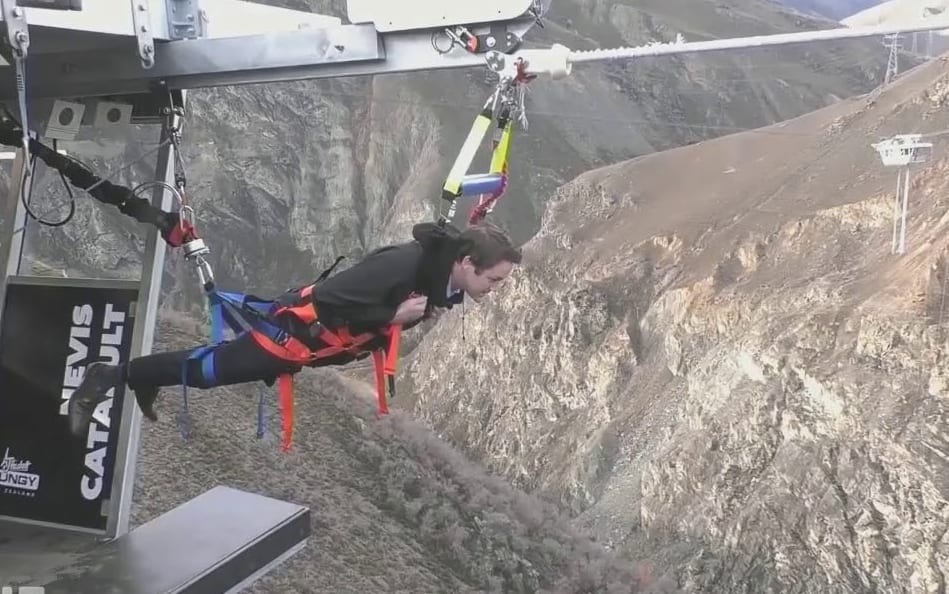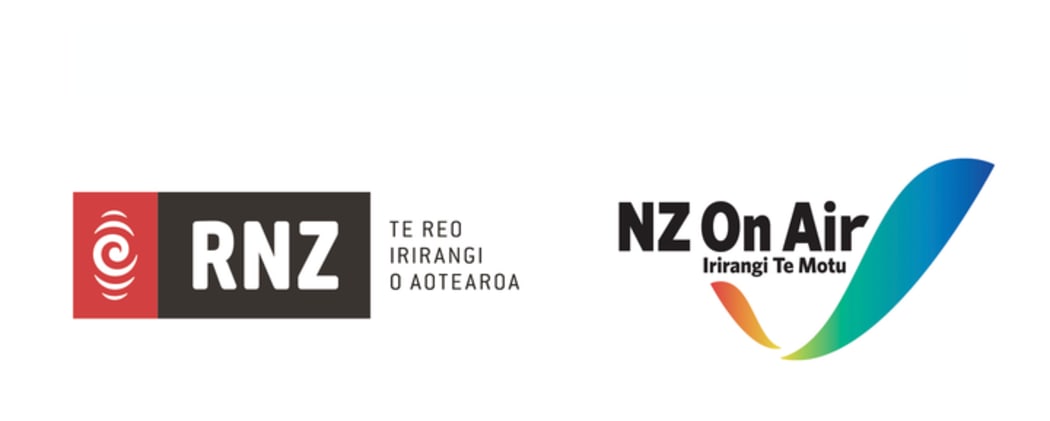It’s nearly a year since Whakaari/ White Island erupted with 47 people stranded there, killing 22.

New bungy slingshot is adventure tourism on steroids Photo: RNZ / YouTube
The prime minister was unequivocal after the event that there would be close scrutiny of the sector. An inquiry has resulted in 10 organisations and three individuals charged. We don’t know what’s in the report because prosecutions are now before the courts.
But when a country makes the most of its turbulent geography and natural assets by using them to push adventure tourism, there will inevitably be problems. Today on The Detail Emile Donovan asks how safe you can realistically make an activity, when the main selling point is danger.
Stuff’s Christchurch business bureau chief Amanda Cropp says there are more than 300 high risk activities listed on an industry register in New Zealand.
“The emphasis is very much on the natural hazardous type activity,” she says.
An adventure activity is something you pay for, so it includes things such as canyoning, glacier walking, mountaineering, quad bike and open water trips. Such businesses must register as an operator, and agree to a safety audit which costs around $5000 to $10,000. Passing it enables the business to operate for the next three years.
But Cropp says there are potential loopholes in that system.
“There are certainly some issues with the way that is being administered,” she says.
That includes businesses effectively being able to choose their auditors, and inspections being scheduled with plenty of warning given – certainly enough time for organisations to present their best sides. “Mystery shopper” type inspections have found some who have performed perfectly the day before, taking unacceptable shortcuts.
“It has been suggested to me that maybe one of the answers is to have WorkSafe take over that work,” says Cropp.
“The problem is it all comes at a cost, and some of these operators are very small businesses. There is always going to be that tension between cost and safety.”
There was due to be a review of adventure safety regulations before Whakaari, as those regulations have been in place for a while. The disaster sped that up.
“But the scope of the review does seem to be limited to naturally hazardous environments,” she says. “You could argue that, bungee jumping, the emphasis is all around the equipment, the training, the way the jump is handled. It’s not like climbing a mountain where there’s an avalanche risk, or there may be an avalanche risk.
“The other thing that it’s going to look at is the safety audit scheme – the role of experts and the monitoring and the reporting.”
White Island Tours for example was named Safest Place To Work among small businesses in 2018, and had passed their audit.
“That’s where the issue arises, as to whether the system is working properly.”


